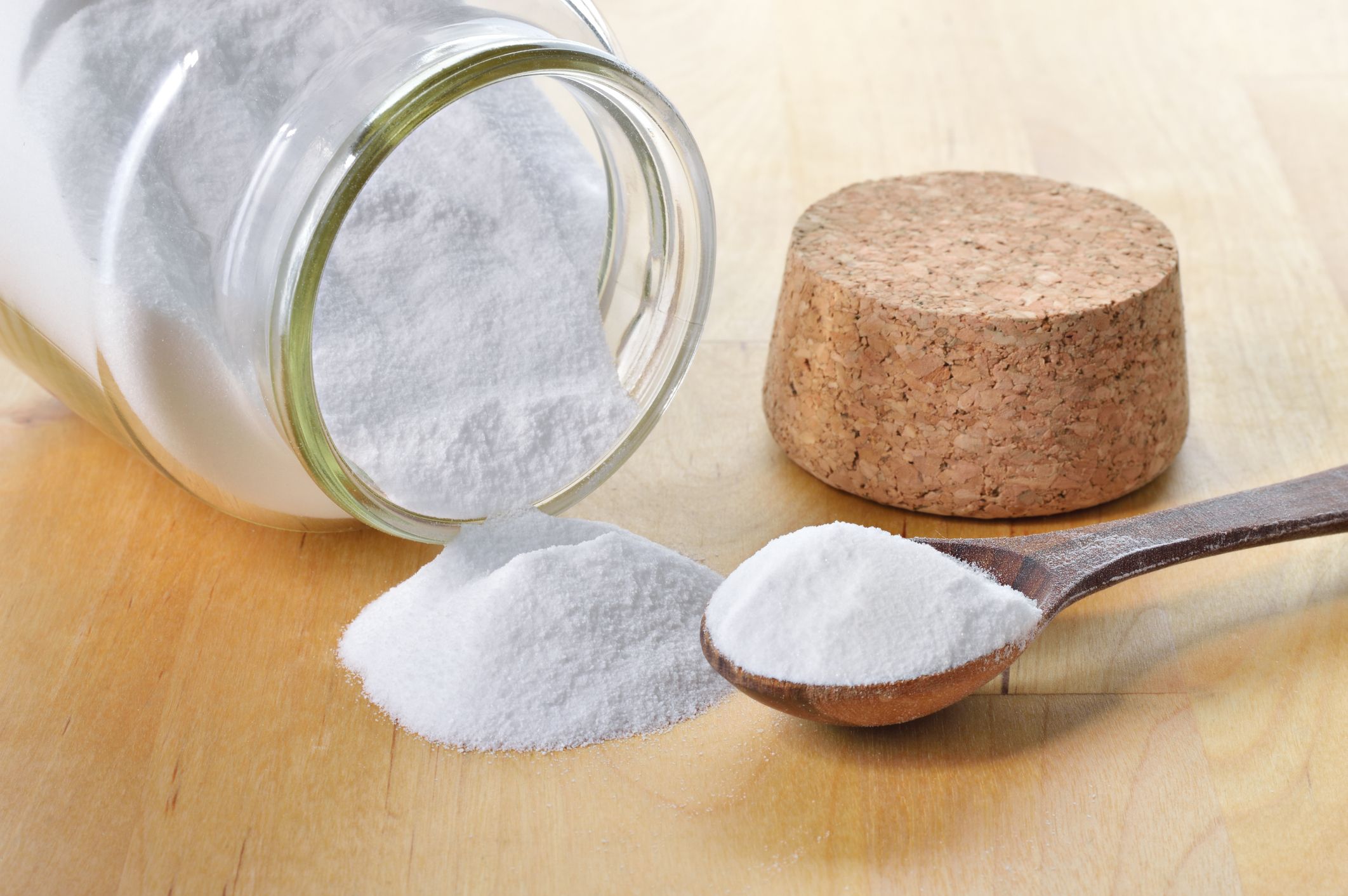

One of baking soda’s most common uses is for cooking, often as a leavening agent in baked goods. It also finds its way into fireworks, fire extinguishers, fungicides, and pesticides, and may have new utility for companies looking to improve their environmental footprint. The science of baking soda, this unassuming salt, has a multitude of domestic and industrial uses, including as a food additive, medicine, and cleaning product. 1 Today, this chemical powerhouse is produced globally, with an estimated volume of 2 million tons per year. First isolated by Nicolas Leblanc in the 1790s, it wasn’t until the Solvay process was introduced in the 1860s that industrial-scale production became possible. The science of baking soda has a long and interesting history. To acquire an ADA Seal, manufacturers must provide scientific evidence to prove their product is safe and effective.Sodium bicarbonate (NaHCO 3), also called baking soda, is a crystalline salt, found in a natural mineral form in nahcolite deposits. The American Dental Association (ADA) have also approved several types of baking soda toothpaste. People interested in whitening their teeth should contact their dentist.

However, combining baking soda and lemon juice should produce a more pH-neutral solution. Acidic compounds can erode enamel and lead to tooth decay. It is also important to note that lemon juice contains high concentrations of citric acid and ascorbic acid, or vitamin C. However, the report did not include any studies involving lemon juice. However, there is little evidence to suggest that adding lemon juice to baking soda will enhance the dental benefits of baking soda.Ī 2017 report that reviewed 21 studies concluded that toothpaste containing baking soda safely and effectively removed tooth stains. Many oral care products contain baking soda due to its antibacterial properties, and its ability to remove plaque without eroding tooth enamel.īaking soda may also help remove surface-level tooth stains, making it an effective and affordable alternative to traditional teeth whitening. People with severe or persistent acid reflux or heartburn should speak to a doctor or gastroenterologist. avoiding or reducing acidic foods and beverages.Other home remedies for reducing excess stomach acid include: Purchasing an antacid at the drug store is often much safer. However, mixing the correct proportions of baking soda and lemon juice can be difficult.Ĭonsuming a mixture with too much baking soda may cause diarrhea and gas, whereas too much lemon juice could trigger acid reflux and make symptoms worse. Using baking soda and lemon juice to combat excess stomach acid may be a good home remedy, as effective OTC antacids contain similar ingredients. Although lemon juice does not neutralize stomach acid, it may help stabilize the pH level inside the stomach. A buffer refers to a weak acid or base that prevents drastic pH changes. When a person mixes lemon juice and baking soda, the citric acid reacts with the sodium bicarbonate to produce a buffer called sodium citrate. Lemons and other citrus fruits are rich sources of naturally-occurring citric acid. Many OTC antacids contain sodium bicarbonate and citric acid. Although lemon juice by itself had almost no effect, sodium bicarbonate successfully neutralized the synthetic stomach acid. The authors of this study created artificial stomach acid with a pH of 1.2. Consuming baking soda and lemon juice together may also neutralize stomach acid in a similar fashion as an antacid.Ī 2017 study examined the antacid effects of various foods. Many people with excess stomach acid take over-the-counter (OTC) antacids to relieve their symptoms. Share on Pinterest Citrus fruits are a rich source of citric acid.Įxcess stomach acid can cause uncomfortable symptoms, such as heartburn, vomiting, and indigestion. Instead, a person can try using neutral cleansers or chemical peels that contain AHAs, such as glycolic acid. Using a homemade mixture of baking soda and lemon juice may potentially be harmful to the skin.
#BICARBONATE SODA SKIN#
Low pH levels may cause skin irritation, hyperpigmentation, and UV light sensitivity. The high acid content of lemon juice can lower the pH level of the skin. This means that very little vitamin C will actually penetrate the skin. However, skin cells naturally repel water-soluble molecules, such as vitamin C. Citric acid is an alpha-hydroxy acid (AHA) that manufacturers commonly use in chemical peels. Lemon juice appears to have obvious skincare applications because it contains concentrations of vitamin C and citric acid, which both provide powerful skin benefits. Higher pH levels can disrupt the barrier function of the skin, which may lead to dryness, excess oil production, and acne. Bases, such as baking soda, will increase the pH of the skin. Usually, the skin has a weakly acidic pH of about 5.7.


 0 kommentar(er)
0 kommentar(er)
